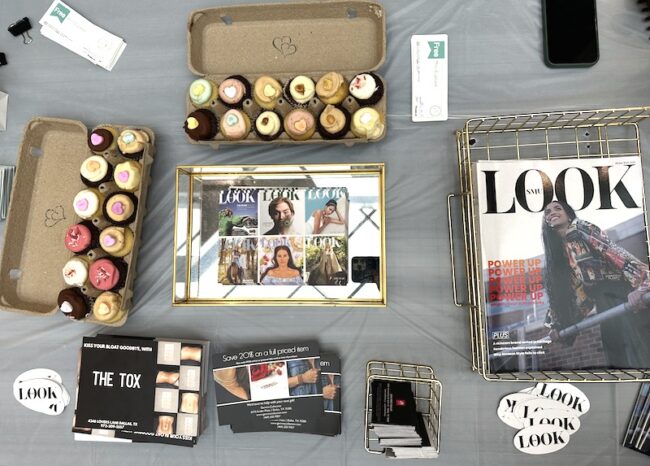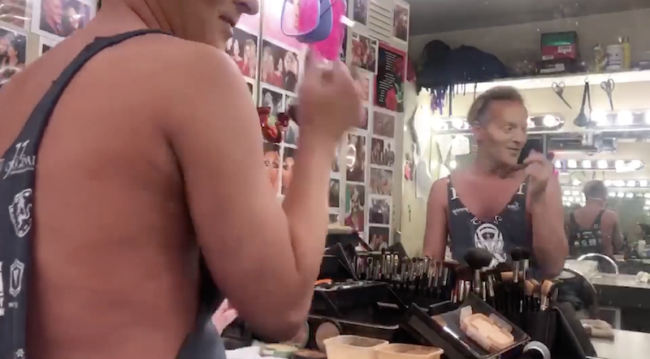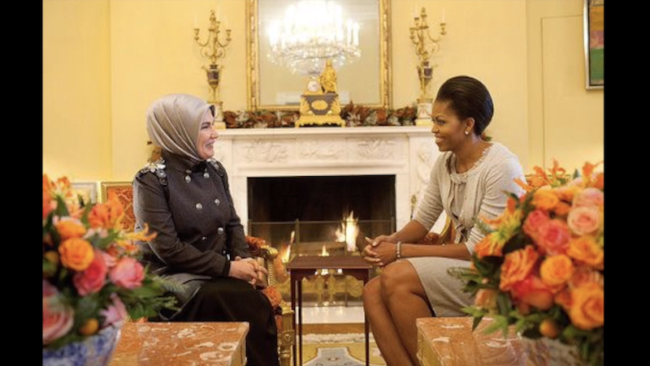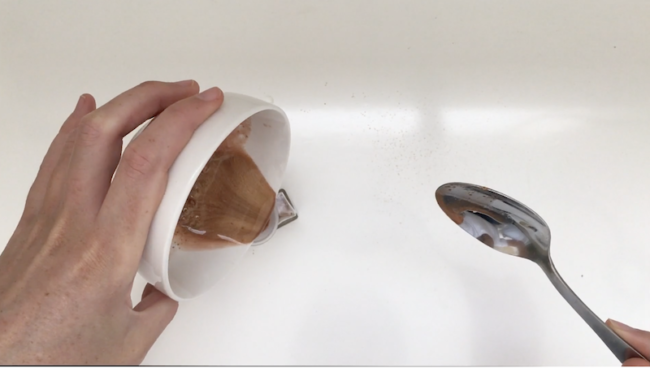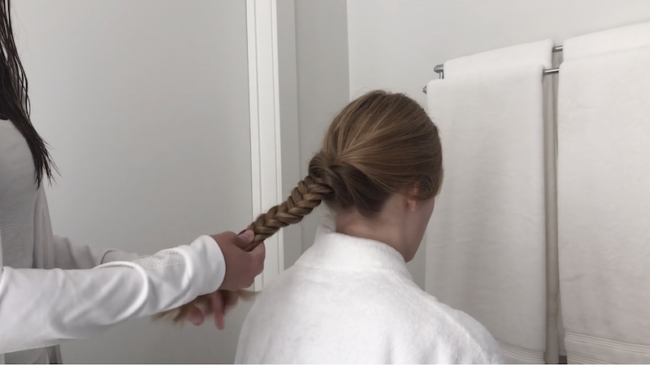When SMU’s founding students walked to Dallas Hall for class, they did it in long, heavy dresses hitting just above the ankle, hats, gloves and heels. Men wore buttoned-up suits with a tie – even in the unbearable Texas heat.

One hundred years later, SMU women head to class in large, baggy T-shirts and Nike shorts, or yoga pants they don’t do yoga in. Men wear simple T-shirts or button-downs and shorts.
How times have changed.
“We don’t see any boobs or butts or anything hanging out,” said fashion historian and Meadows professor Claudia Stephens of those early days. “The clothing was very modest.”

This is SMU’s Centennial celebration year, a good time to look back and appreciate SMU’s roots and the evolution of fashion over the last 100 years.
Back then, there were dirt roads and bales of hay lining the Boulevard in the fall. In 2015, there are electric cars driving through the campus streets and students sipping pumpkin spice lattes as they walk to class.
Evelyn Day, a social sciences research librarian, quickly walked past rows of books in Fondren one day recently. She was searching for yearbooks from SMU’s early days.
“Things were a lot different back then,” said Day, pointing out some photos. “It was a very big deal to go to college, so students dressed up in their finest clothes to go to class.”

The typical style for women at the time of SMU’s founding was a long, ankle-baring dress with either an empire waist or a suit-like top. Dresses were baggy on the top and through the hips but cinched in at the waist – a very unflattering fit by today’s standards. Dresses were always worn with hats, stockings, and pumps or heeled boots.
Eveningwear consisted of luxurious fabrics and intricate beading and embellishments on long gowns.
In 2015, students wear short, tight dresses with plunging necklines and high heels when they go to clubs and bars in Uptown.
Students today wear costumes to fraternity parties – the more ridiculous the better. They wear sexy schoolgirl uniforms to Phi Gamma Delta School Girls, jungle animal costumes to Sigma Alpha Epsilon Safari, lingerie to Pi Kappa Alpha Mansion, and angel or devil costumes to the annual Halloween Heaven and Hell party.
When SMU was founded, the events with fraternities were very formal. There was no debauchery.

In 1915, a man may not have seen more than a woman’s ankles until his wedding night, and a simple button-down shirt was considered to be a man’s underwear.
People today may shake their heads disapprovingly at revealing low-cut tops and short dresses, but it was scandalous for women to bare anything in the first decade of the 19th century.
“It was a big deal to be showing your ankles at this point in time, and you definitely didn’t show them without wearing stockings,” said fashion media professor Chelsea Bell.
We think of fashion today as changing even faster than every season because we expect to see something new each time we go into a store. When talking about change in the early 1900s, we see a slow, gradual change. Many people still wore the dated empire dress style during the World War I period of military-influenced dresses.
Today’s style is what Bell refers to as a “plurality of styles.” This means that while there are some trends each fashion season, it is not looked down upon when someone wears an outfit that does not fit with the current trends from New York, London, Milan and Paris. Most outfits are a mixture of trends from various time periods and designers.
While some students pay close attention to new styles from fashion shows and magazines, the “at-leisure” style of baggy T-shirts and Nike shorts is predominantly unique to college campuses. This style is not seen on the runway or anywhere in the fashion world, yet it has become SMU’s unofficial dress code for class.

Today’s students generally value comfort and sleep over getting dolled up to walk across campus to sit in class.
Still, fashion in 1915 was more casual and comfortable than in previous times. Women no longer wore heavy, floor-length gowns in thick fabrics, and corsets became lighter and more comfortable.
It’s a wonder how college students in 1915 found time to put on the multiple layers to their outfit, do their hair in elaborate updos, and get to class on time after walking through dirt and gravel in heels across campus.
Chandler Helms is an SMU senior and co-president of Retail Club. She loves fashion design and can always be spotted around campus wearing a trendy outfit. But even Helms finds school to be exhausting and sometimes hard to find the extra 15 minutes to fix her hair and look put-together.
“These women from this era make class look like an event – it’s inspiring! Maybe I’ll wake up a little earlier tomorrow,” said Helms.




